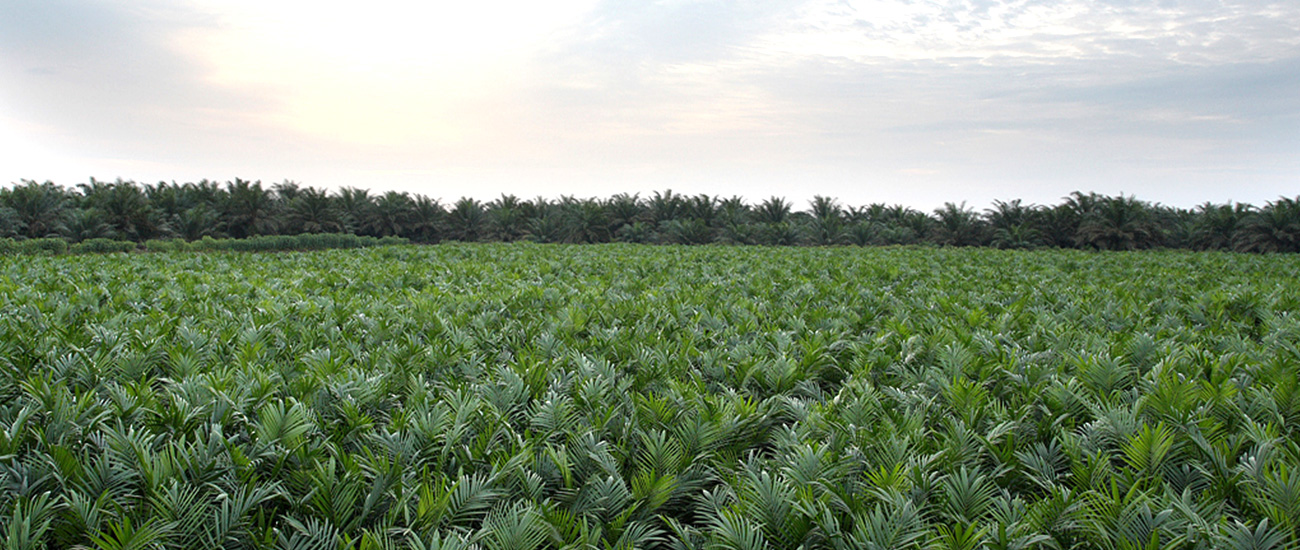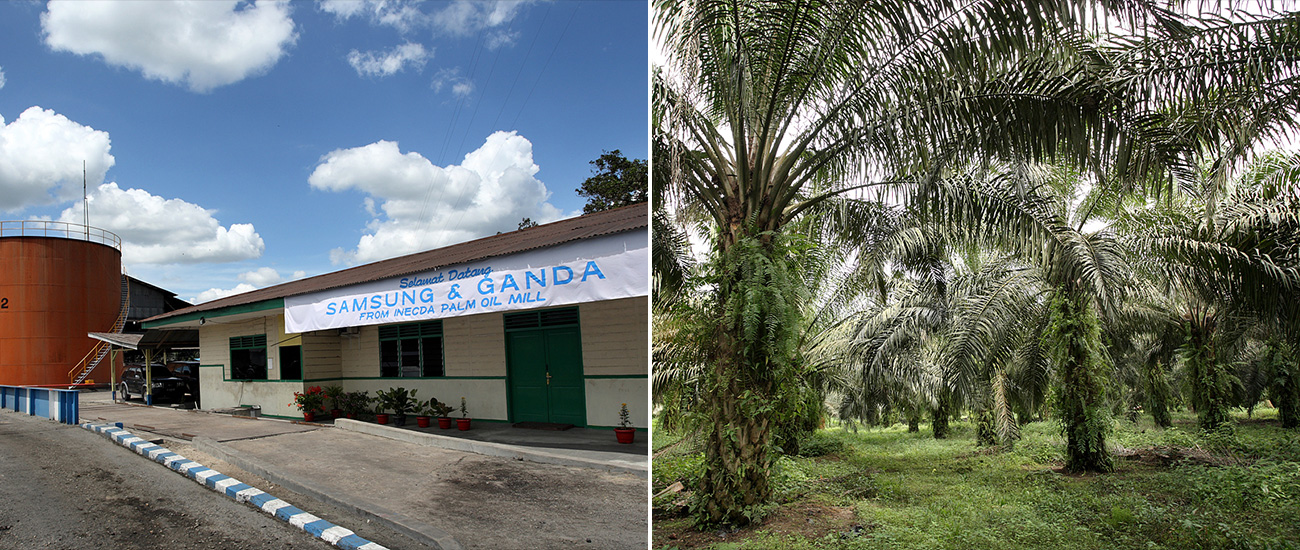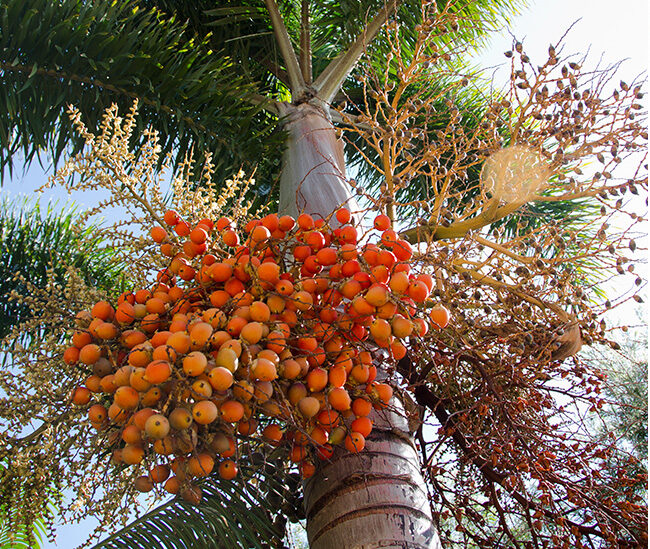Note: This is the first in a two-part series exploring the future of the biofuel and biomass industries. The next article in this series will focus on second-generation biofuels, such as those derived from wood pellets, agricultural waste and palm kernel shells.
Things may be changing fast in the world of politics, but one item remains a constant on every politician’s agenda: climate change. According to scientists, the effects of climate change are too serious to ignore – so serious, in fact, that they could soon overload the United States’ electrical grid.
Many countries are now attempting to cut their reliance on oil. In the Unites States alone, (mainly oil-powered) transportation accounts for 28 percent of greenhouse gas emissions.
That is why governments everywhere are looking to reduce the use of pollution-causing fossil fuels. In the search for answers, energy experts are now turning to biofuel, energy resources derived from plant life.
Germany’s Ministry of Food and Agriculture last year sponsored a report on the state of biofuel, looking at its potential uses in the global transport and energy sectors. The report concluded that biofuel could provide 37 percent of America’s transport fuel within the next 25 years, a number that could rise to 75 percent if technological advances allow. Meanwhile, in the EU, biofuel could replace up to 30 percent of the oil used in the same period, per the report.
But what exactly is biofuel, and could it really provide a solution to the world’s deepening energy crisis?
Excellent Ethanol?
There are dozens of varieties of biofuel. The simplest and most immediately effective are the so-called first-generation biofuels. The most common of these is ethanol, which is most often distilled from sugar- or starch-containing plants. Brazil, for example, has been using ethanol distilled from sugarcane since the 1970s, to great effect.
Biofuels like ethanol can be used in many vehicles as part of gasoline blend, powering car, truck and bus engines. One significant drawback of this resource, however, is that the energy content of ethanol is about 66 percent lower than gasoline.
Regardless, ethanol is sustainable and relatively cheap to produce. And unlike crude oil, it is renewable, which means that in countries where sugar- or starch-rich crops like beets or even potatoes grow well, these vegetables could provide valuable energy resources.
Versatile Vegetables
Biodiesel, meanwhile, is fuel made of extracts from fat-rich fruit and vegetables, including palm, rapeseed, sunflower seeds and soybeans.
The EU has great faith in the future of the biodiesel business, and its Renewable Energy Directive states, “By 2020, the EU aims to have 10 percent of the transport fuel of every EU country come from renewable sources, such as biofuels.”
In Southeast Asia, where palm oil is a major trading commodity, governments are looking to spur on the biodiesel industry with proactive policies.
Last year, the Indonesian government imposed a 20 percent biodiesel blending policy on all non-subsidized diesel fuel. Indonesian producers have responded with enthusiasm, predicting that this will lead to an increase of up to 40 percent in the country’s biodiesel use this year.
Samsung C&T’s Trading and Investment Group operates several palm farms in Indonesia, covering a total of some 24,000 ha. Employees at the farms harvest palm fruit, which is then sent to factories for oil extraction. The extracted oil is sold both domestically internationally.
The company also trades in palm kernel shells (PKS), shell fragments that are produced as a byproduct of the oil production process. PKS are also a major bioenergy resource in their own right, typically used to power biomass energy plants.
Increasing Support
Biofuel ventures are not without their critics. Some claim that it simply costs too much to grow the crops needed for biofuel – if you want to grow a large amount of vegetables, you also need to pay for labor expenses, as well as pesticides and fertilizers. But others say that the biodiesel business creates jobs and presents a sustainable vision for the future of energy, particularly in the transport sector.
Regardless, recent polls show that there is growing public support for biofuel, with almost 70 percent of Europeans saying they are in favor of the EU’s biofuel policies.
The Germany’s Ministry of Food and Agriculture’s report also claims that biofuel production has doubled since 2001 and that it is “poised for even stronger growth as the industry responds to higher fuel prices and supportive government policies.”
Technological Developments
Scientists continue to make tech advances that give yet further hope to those who believe in the power of biofuel, and governments everywhere are starting to make firm commitments to the biofuel business. Researchers in the United States are currently looking at ways to use algae-based biofuel, while the Nigerian government has recently announced it will invest US$50 billion in biofuel production.
It may still be too early to tell if the future will indeed be powered by biofuels. But perhaps where there is a will, there is a way. And perhaps the fruit of the earth will one day provide all the energy we need to drive, ride, fly and more.












